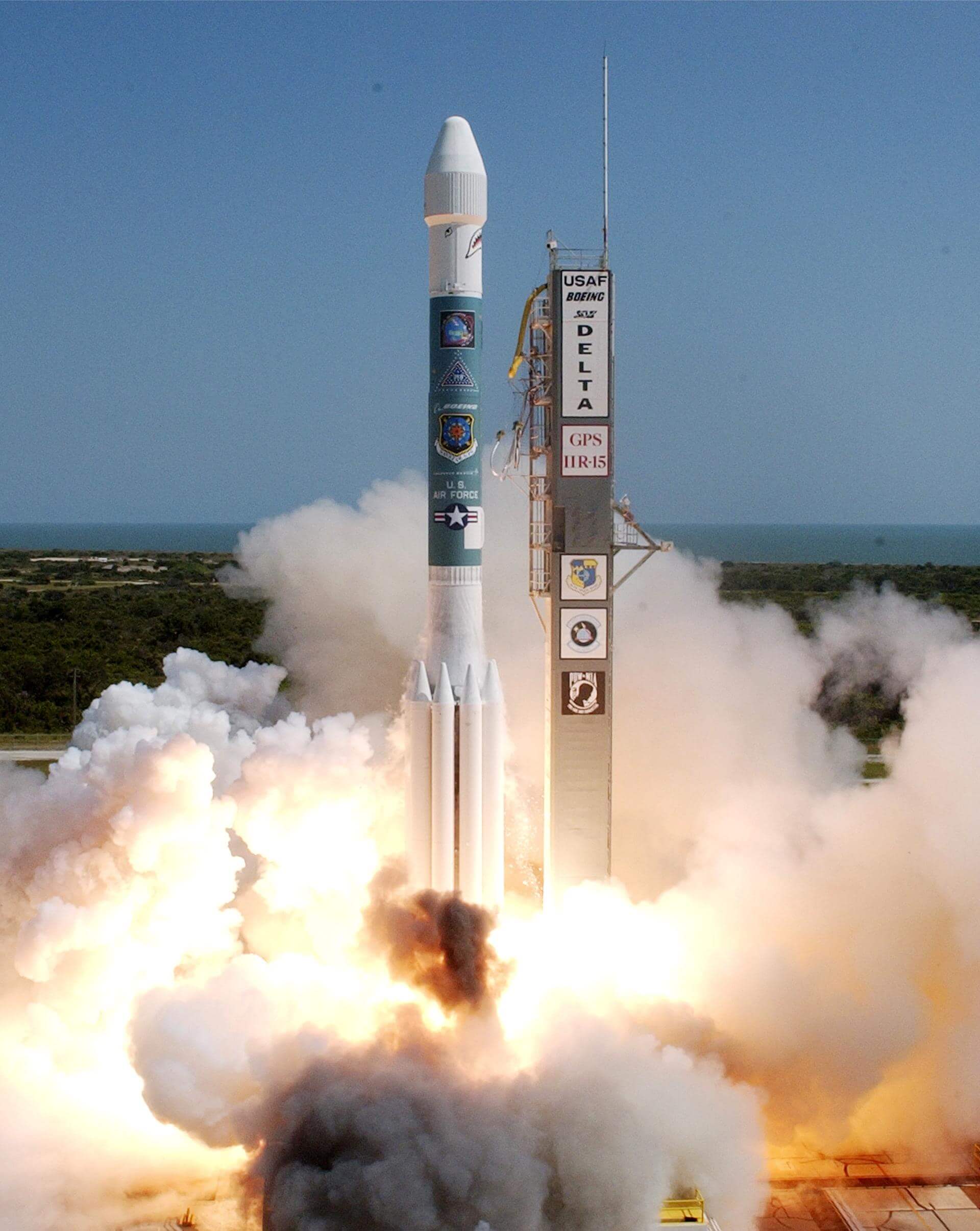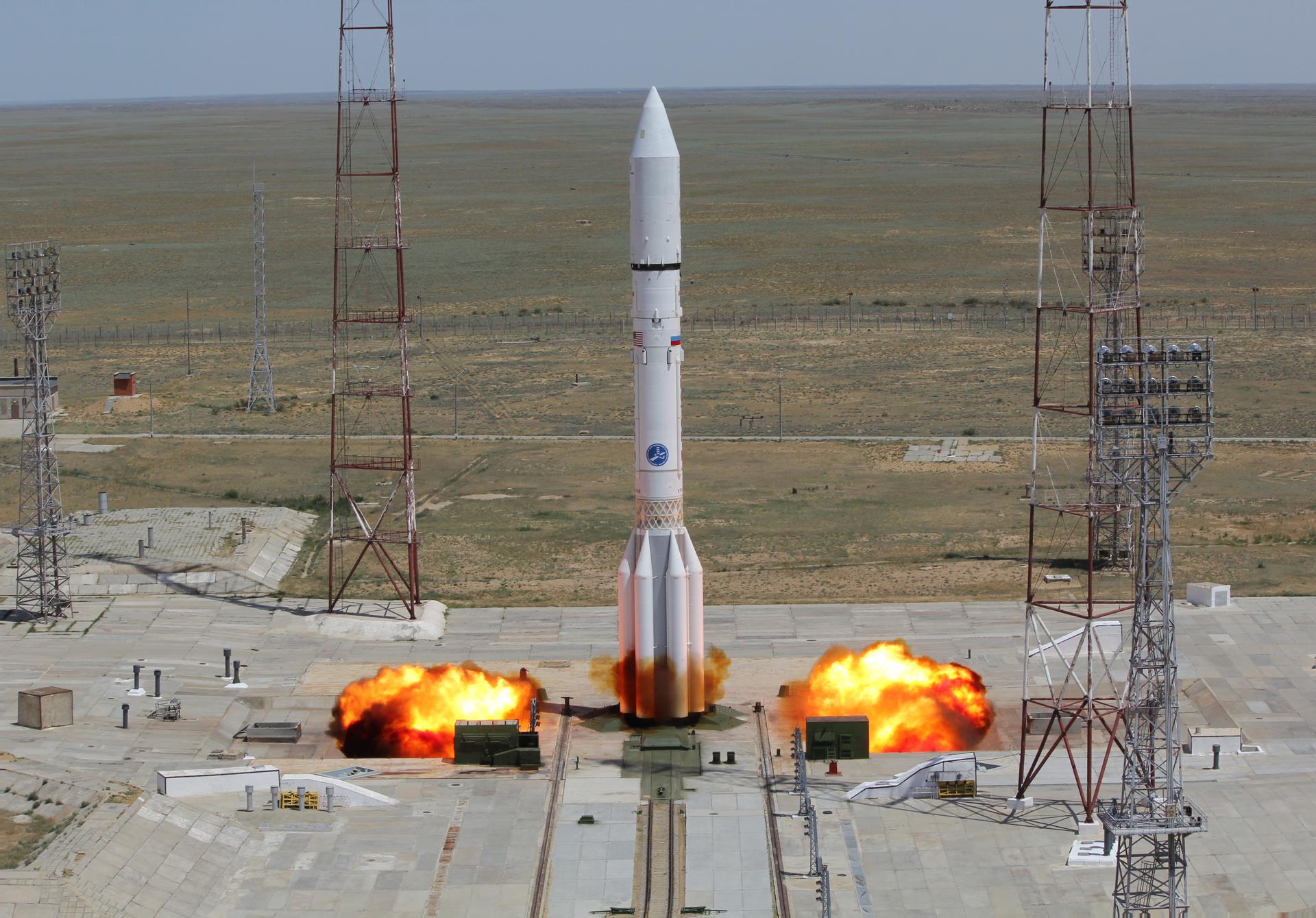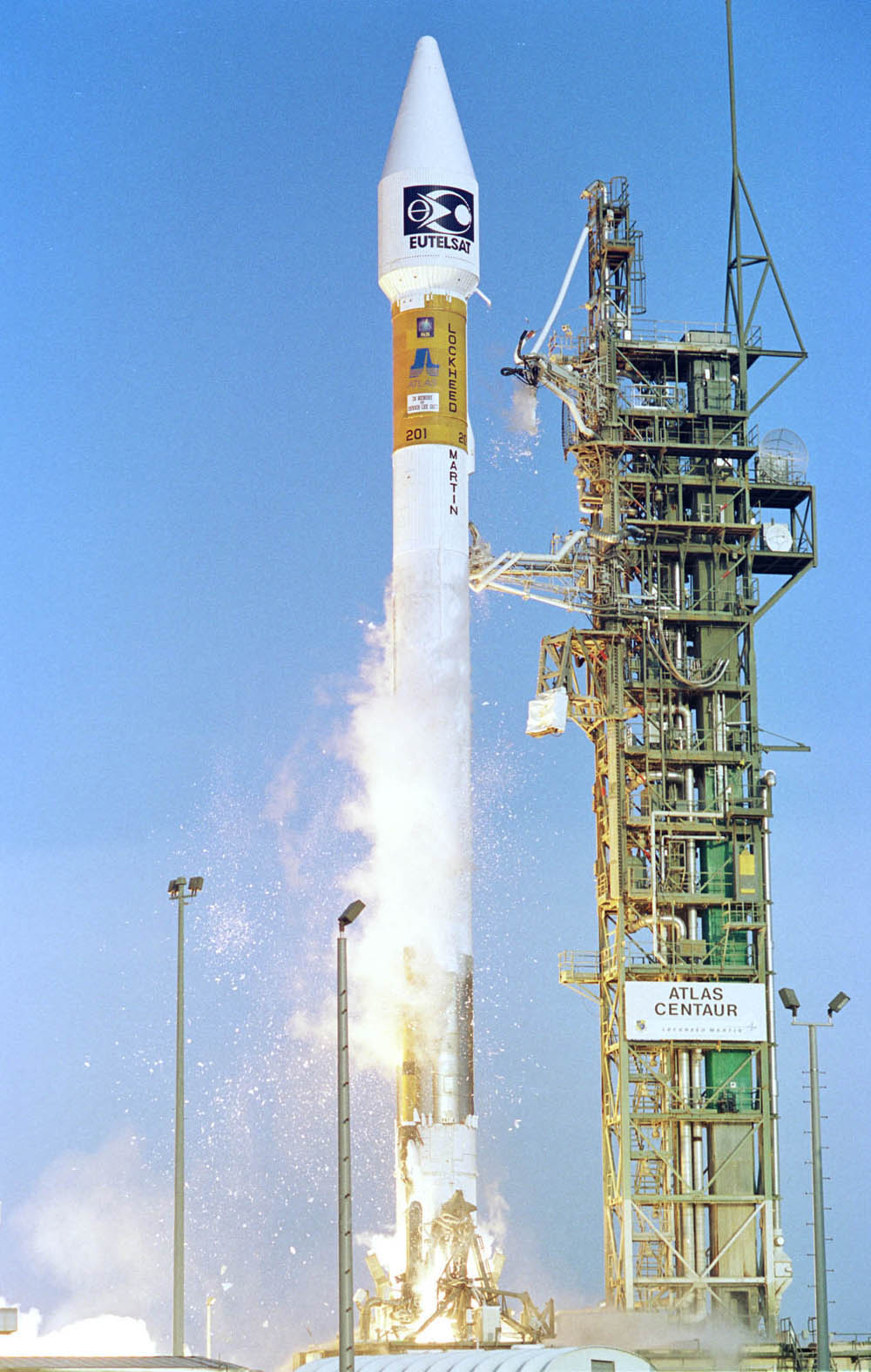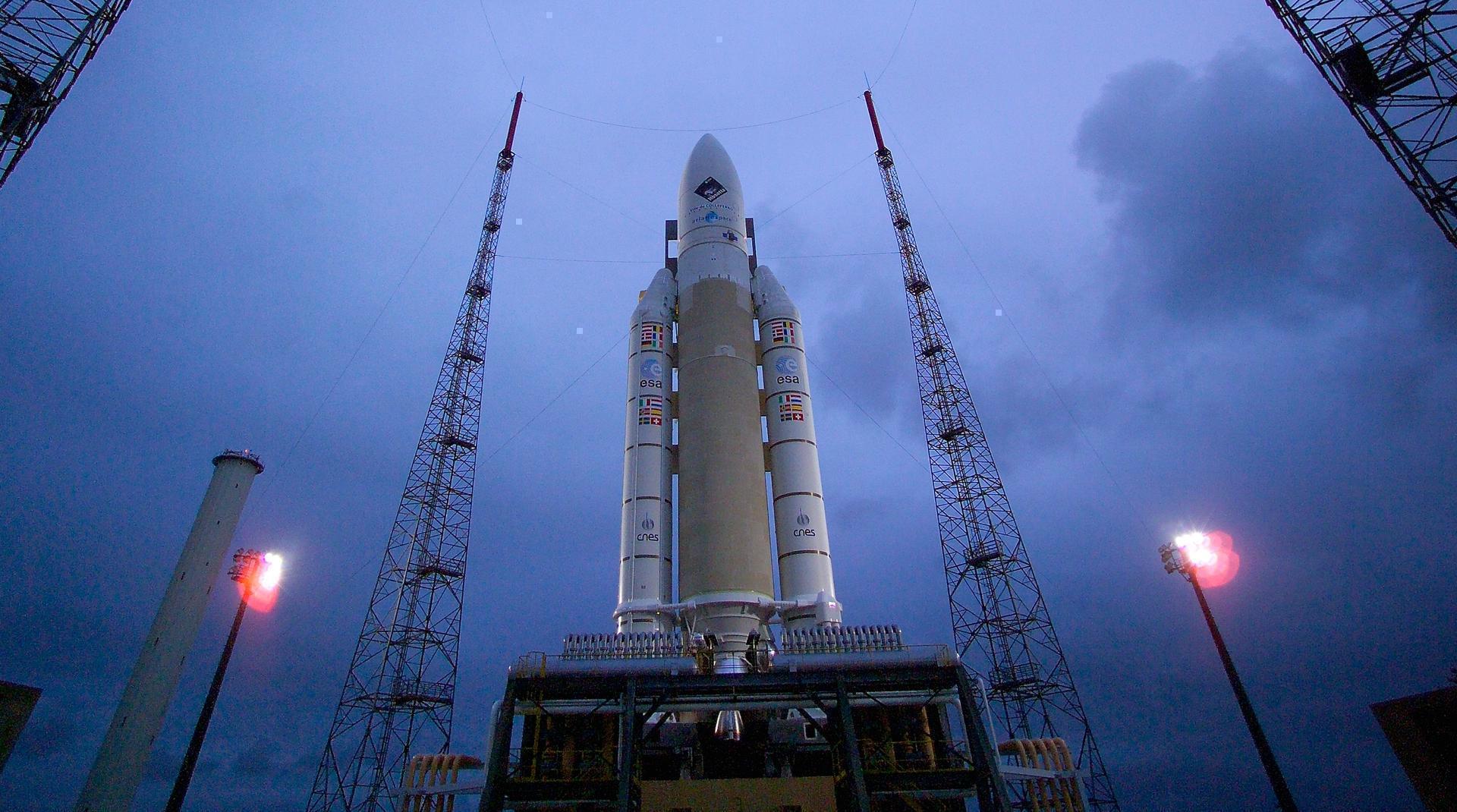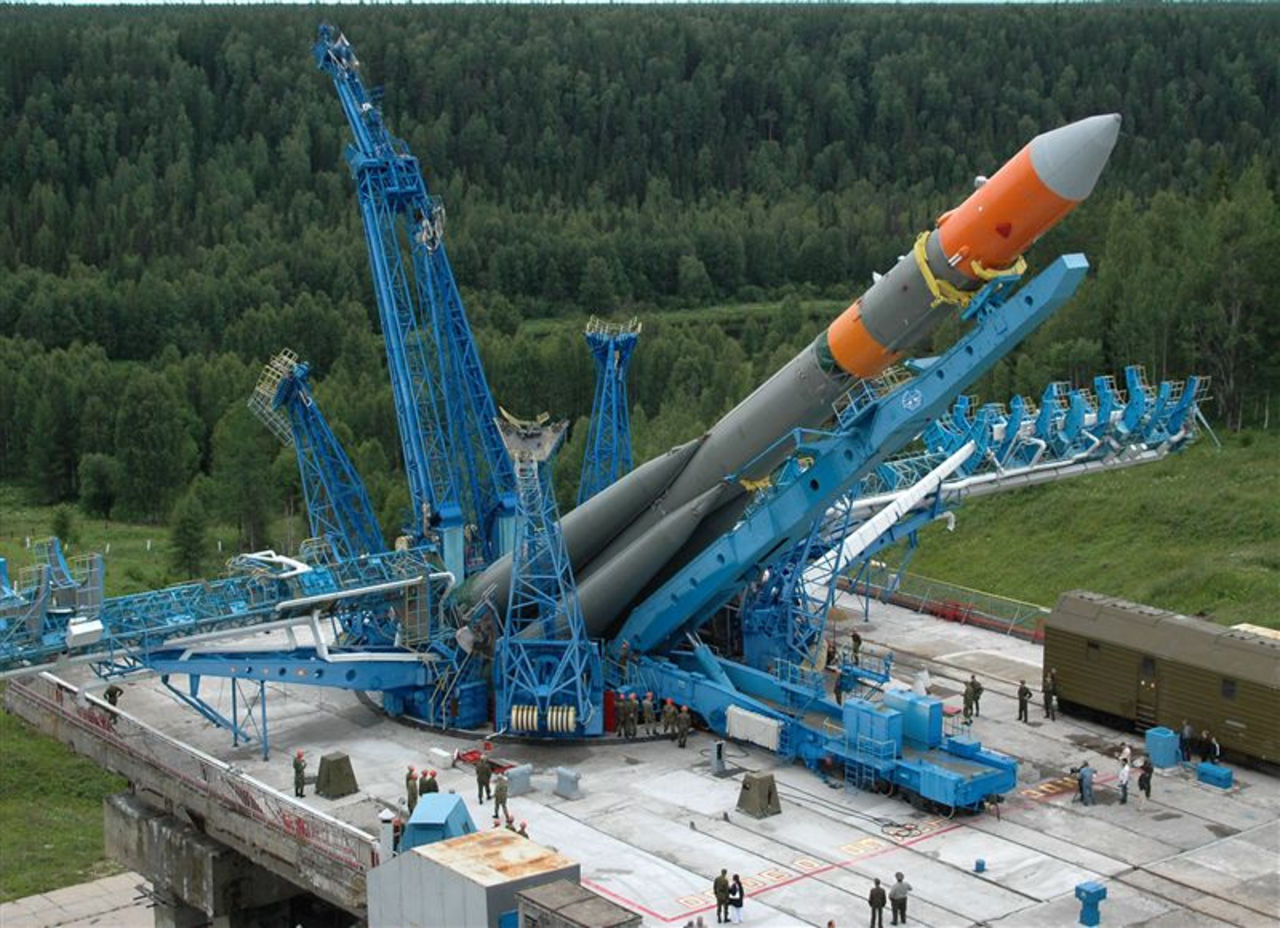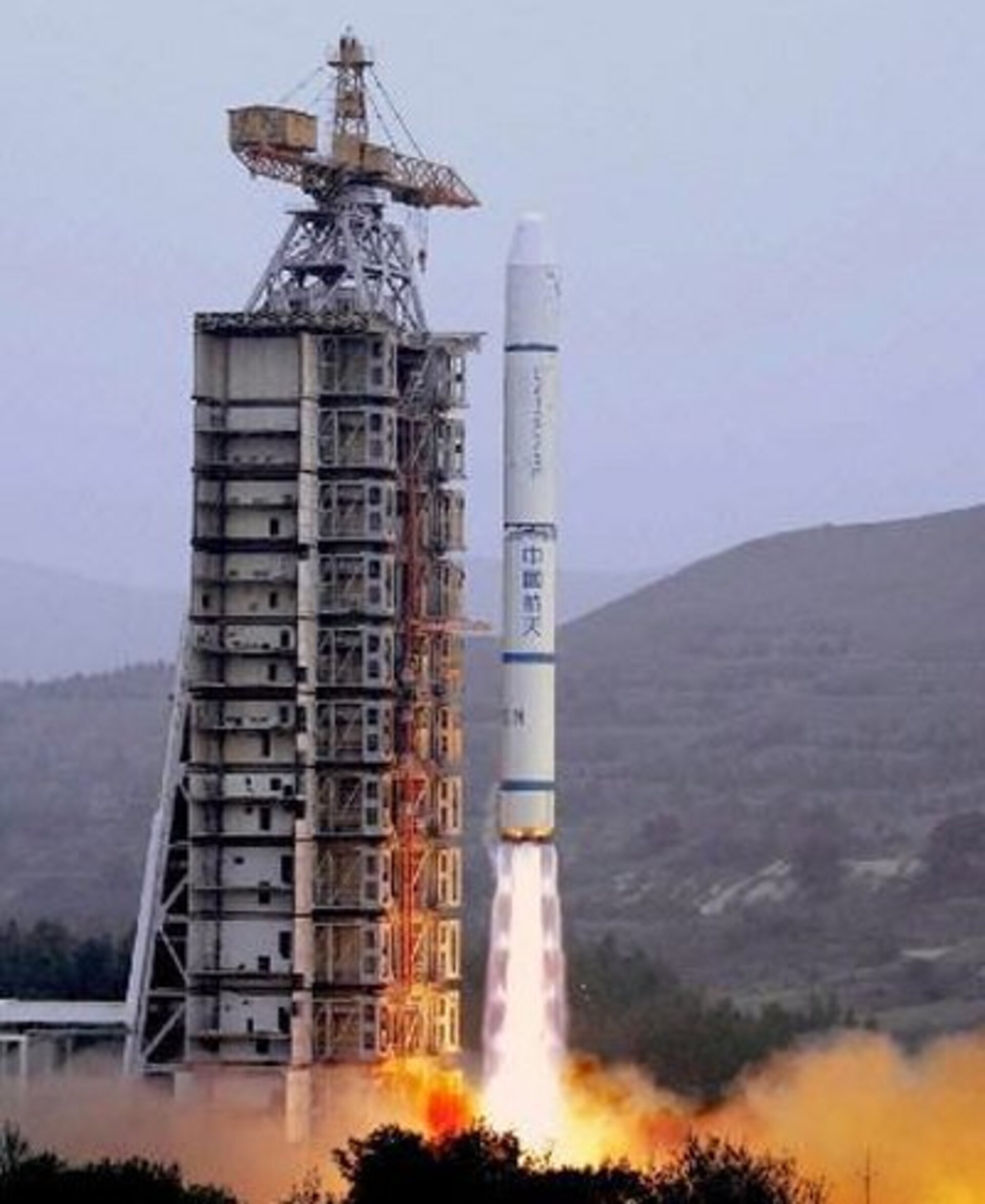Previous Spaceflight Launches
Filter by Agency, Locations or Vehicles
Show All LaunchesDelta II | GPS IIR-11
United Launch Alliance | United States of AmericaCape Canaveral SFS, FL, USA
March 20, 2004, 5:53 p.m.
Proton-M | Eutelsat W3A
Khrunichev State Research and Production Space Center | RussiaBaikonur Cosmodrome, Republic of Kazakhstan
March 15, 2004, 11:06 p.m.
Atlas Agena B | MBSAT
Lockheed Martin | United States of AmericaCape Canaveral SFS, FL, USA
March 13, 2004, 5:40 a.m.
Ariane 5 G+ | Rosetta
ArianeGroup | FranceGuiana Space Centre, French Guiana
March 2, 2004, 7:17 a.m.
Molniya-M | Molniya-1T 93
Russian Space Forces | RussiaPlesetsk Cosmodrome, Russian Federation
Feb. 18, 2004, 7:05 a.m.
Titan 402B IUS | DSP 22
Lockheed Martin | United States of AmericaCape Canaveral SFS, FL, USA
Feb. 14, 2004, 6:50 p.m.
Atlas IIAS | AMC 10
Lockheed Martin | United States of AmericaCape Canaveral SFS, FL, USA
Feb. 5, 2004, 11:46 p.m.
Status: Launch Successful
Mission:
These all C-band satellites with 24 active transponders, provide distribution of cable, broadcast television and radio, telecommunications services, business television and broadband data distribution throughout North America, the Caribbean, Latin America, Europe and Asia.
Geostationary OrbitSoyuz U | Progress M1-11
Russian Federal Space Agency (ROSCOSMOS) | RussiaBaikonur Cosmodrome, Republic of Kazakhstan
Jan. 29, 2004, 11:58 a.m.
Zenit | Estrela do Sul 1
Sea Launch | RussiaSea Launch
Jan. 11, 2004, 4:12 a.m.
Long March 2C/SM | Tan Ce 1
China Aerospace Science and Technology Corporation | ChinaXichang Satellite Launch Center, People's Republic of China
Dec. 29, 2003, 7:06 p.m.
Status: Launch Successful
Mission:
The Double Star spacecraft, called also Tan Ce (TC) which in Chinese means ‘Probe‘, is a joint Chinese and ESA mission to study the effect of the Sun on the Earth's environment. The polar spacecraft (TC-2) will monitor the energy input from the solar wind into the polar ionosphere. The equatorial spacecraft (TC-1) will investigate the so-called substorm process, when it is in the Earth's magnetotail, and the entry of solar particle on the front side of the magnetosphere.
Elliptical Orbit